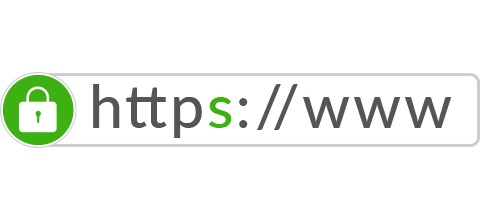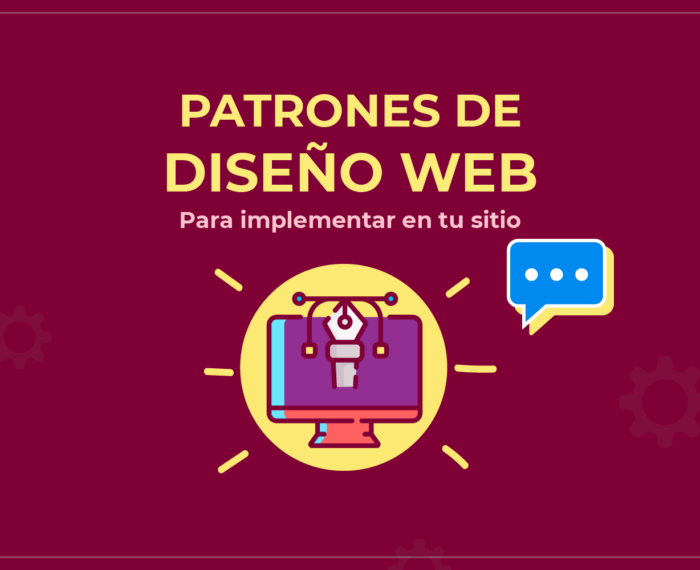Do you have a website and have you noticed that web browsers register it as an unsafe site? This is mainly because, for some time now, Google has been starting to display a message on pages that do not have a security certificate. Therefore, the connection between your computer and the server where the page is hosted is not encrypted.
Or in other words, there is no installed SSL security certificate on the server. Here we tell you a little more about it:

1. What is a security certificate?
A security certificate, or SSL certificate (Secure Sockets Layer), is a security standard that allows the transfer of encrypted data between a browser and a web server. This certificate is used globally by millions of companies and individuals to reduce the risk of theft and manipulation of confidential information.
2. What functions does the security certificate or SSL have?
In short, an SSL certificate allows you to:
- Authenticate the identity of the website, guaranteeing visitors that they are not on a fake site.
- Encrypt the transmitted information.
- Activate the HTTPS protocol on a website.
3. What is the HTTPS protocol?
You've probably noticed that website addresses these days include “https://” at the beginning of each of them, right? This indicates that the websites have a system that allows the information between your computer and the site to travel in encrypted form.
This security protocol ensures that no one can intercept the information you send and receive from a website to your computer. So your information is always safe.
4. Are there various types of SSL certificates?
Yes, there are different types of SSL certificates, depending on the number of domain names or subdomains you have, for example:
- Unique SSL Certificate: Secure a domain name.
- SSL certificate Comodín: This certificate protects one domain name and an unlimited number of its subdomains.
- Multidomain SSL Certificate: Used to protect multiple domain names.

5. What type of pages need an SSL certificate?
The most ideal is for any website to have a security certificate, however, it is of utmost importance for any company or individual that has a site where they request, receive, store or display confidential information. For example:
- Login information (usernames and passwords).
- Financial information (credit card numbers, bank accounts).
- Personal data (names, addresses, dates of birth).
- Legal documents and contracts.
- Customer lists.
** Something important that you should keep in mind, regardless of whether your site requires personal data or not, is that the message displayed by Google about a site that is not secure can affect the behavior of your visitors, and this, in turn , can affect your positioning in search engines. For example, if people begin to interact less and less with your page because it is not secure, Google will detect this and begin to leave you until the end of the results due to the high rate of “bounces” generated.

6. Do I have a way to know if my site is secure?
Yes. Of course there is and it's very simple! All you have to do is go to your website and check the top bar of the browser, right where your domain is displayed. There you will be able to see the name of your website, for example: www.sitio.com, pay close attention to the initial part of the address. If you have the lock icon and the “https”, congratulations! You have a safe place.

If your site is only http instead of https, then you do not have a security certificate.
7. My site is not secure, where do I get my certificate?
- To obtain an SSL certificate you will have to pay a fixed annual cost to your hosting provider (the place where your website is hosted). They will then need to install the certificate. This may take approximately an hour.
- Now you will have to adapt the website. This includes:
- Enviar a todos los usuarios que entren en cualquier página de tu web a la nueva versión segura. (Es decir, la nueva dirección con https).
- Revisar que todos tus enlaces y botones redirijan a tu dirección segura, en lugar de la dirección con http.
- ¡Listo!



